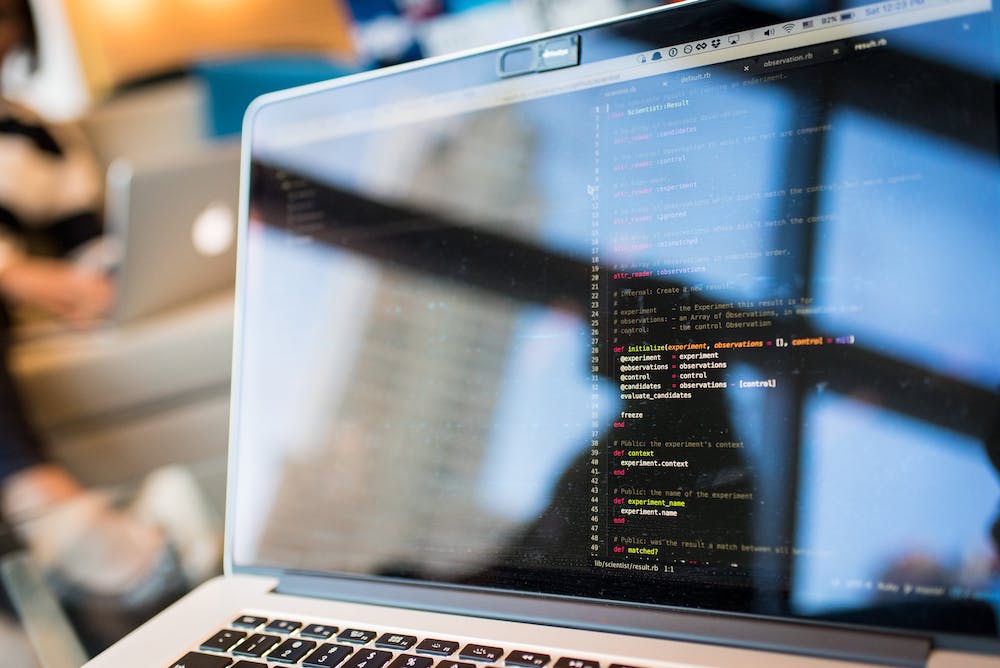
When IT comes to building a secure web application, securing the web server and the programming language it runs are essential aspects of the process. In this article, we will explore the best practices and techniques for securing Nginx and PHP, two popular components of the web development stack.
Securing Nginx
Nginx is a powerful and versatile web server that is known for its high performance and scalability. When deploying Nginx, there are several best practices for securing the web server to protect against common security threats.
Keep Nginx Up to Date
One of the most important best practices for securing Nginx is to keep the server software up to date. This includes regularly updating to the latest stable release of Nginx and applying security patches as soon as they are available. Outdated software can contain known vulnerabilities that can be exploited by attackers.
Use Strong Encryption
Enabling SSL/TLS encryption is crucial for securing web traffic to and from the Nginx server. SSL/TLS certificates should be configured to use strong encryption algorithms and protocols, such as TLS 1.2 or higher. Additionally, properly configuring SSL/TLS options, such as enabling HTTP/2 and using secure ciphers, can further enhance the security of Nginx.
Implement Access Control
Access control measures, such as implementing firewalls and restricting access to the Nginx server, can help prevent unauthorized access and protect against brute force attacks. Nginx can be configured to limit access based on IP addresses, implement rate limiting, and set up secure authentication mechanisms to control who can access the server.
Securing PHP
PHP is a widely-used programming language for web development, and securing the PHP environment is crucial for protecting against common web application vulnerabilities. Implementing best practices for securing PHP can help prevent attacks such as SQL injection, cross-site scripting (XSS), and remote code execution.
Use Current and Supported PHP Versions
Similar to Nginx, keeping PHP up to date is essential for security. Running older versions of PHP that are no longer supported can expose your web application to known vulnerabilities. It is important to regularly update PHP to the latest stable release and apply security patches as they become available.
Enable PHP Data Filtering and Validation
Validation and sanitization of user input is critical for preventing common web application vulnerabilities, such as SQL injection and XSS attacks. PHP provides various filtering and validation functions, such as filter_input() and filter_var(), that can be used to validate and sanitize input data before processing it in the application.
Secure PHP Configuration
Properly configuring PHP settings can significantly improve the security of the PHP environment. For example, disabling dangerous PHP functions, such as eval() and system(), in the php.ini configuration file can help prevent remote code execution attacks. Additionally, enabling PHP’s open_basedir directive can restrict the files that PHP can access, limiting the impact of potential security breaches.
Conclusion
Securing Nginx and PHP is crucial for building a robust and secure web application. By following best practices and techniques for securing these components, developers can protect against common security threats and reduce the risk of potential attacks. By keeping Nginx and PHP up to date, using strong encryption, implementing access control, and securing PHP configuration, developers can create a more secure and resilient web application.
FAQs
How often should I update Nginx and PHP?
Ideally, Nginx and PHP should be updated to the latest stable releases as soon as security patches become available. It is recommended to check for updates regularly and apply them promptly to keep the web server and programming language secure.
What are some common security threats to Nginx and PHP?
Common security threats to Nginx and PHP include brute force attacks, SQL injection, cross-site scripting (XSS), remote code execution, and unauthorized access. Implementing best practices for securing Nginx and PHP can help mitigate these threats and protect web applications from potential attacks.
Are there any tools or services that can help with securing Nginx and PHP?
Yes, there are various tools and services available for securing Nginx and PHP, such as web application firewalls, vulnerability scanners, and security plugins. Additionally, companies like backlink works offer security services that can help ensure the security of web applications and their underlying components.





